Introduction
Digital twins are virtual representations of physical entities, activities, or procedures that mimic actual data and information. They support live performance analysis and enhancement and link the physical and virtual worlds, providing a constantly evolving environment for businesses to test, simulate, and analyze.
Digital twins are critical in the Industrial Internet of Things (IIoT). Some of the technologies applied in IIoT consist of sensors, devices, and computing through the cloud to acquire data on industrial operations. Digital twins help industries increase productivity, minimize time wastage, and increase production.
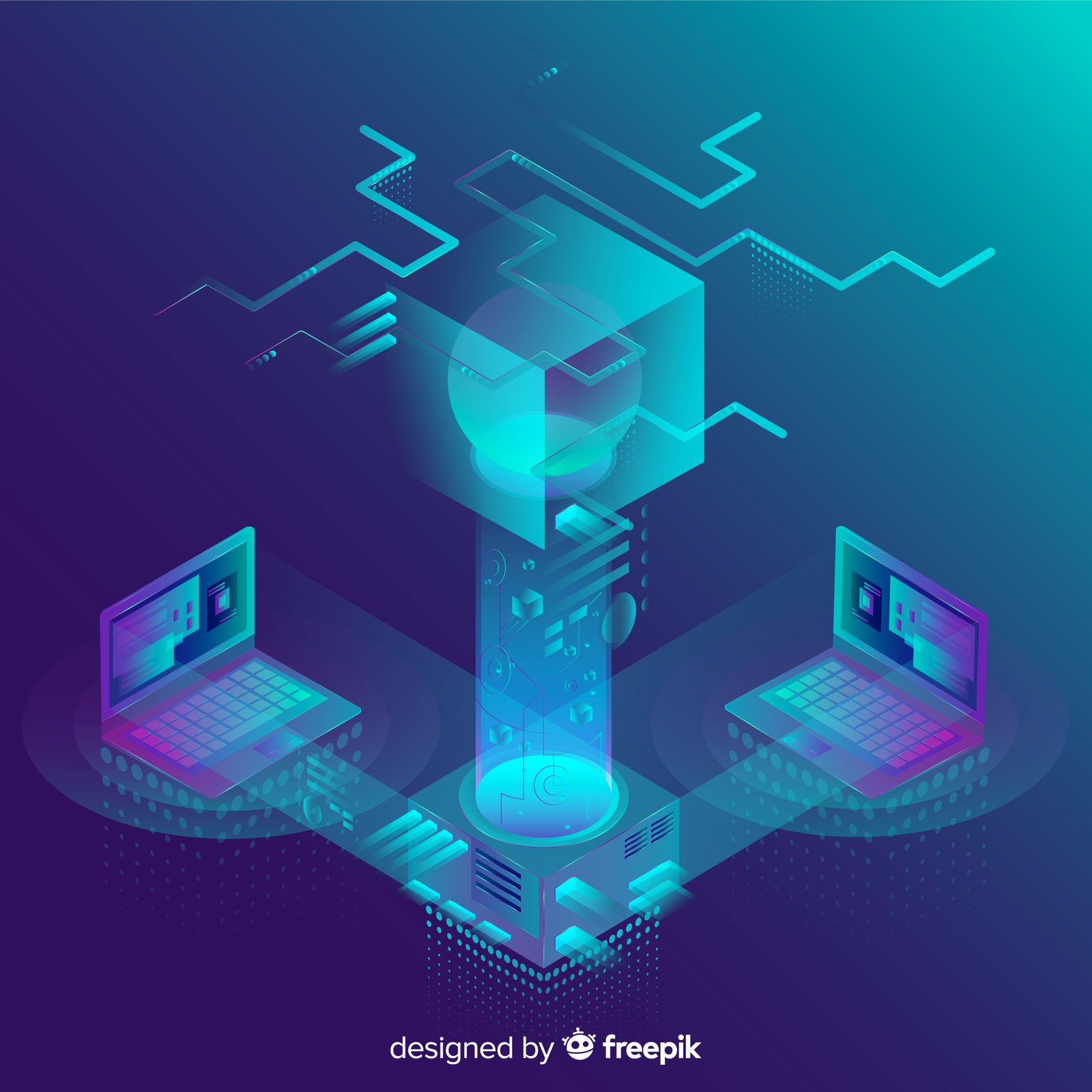
Types of Digital Twins
1. Product Twins
Digital product twins replicate physical goods at every design functionality and lifecycle level. Product twins duplicate product designs, functions, and lifecycles to assist businesses in product enhancement across various operating conditions.
Key Features:
- Real-time tracking of the product’s behavior.
- Creation of various design prototypes.
- Prediction of wear and tear.
Example: A European machine manufacturing company incorporates industrial digital twin applications to model the performance of heavy machinery without the need for expensive prototypes.
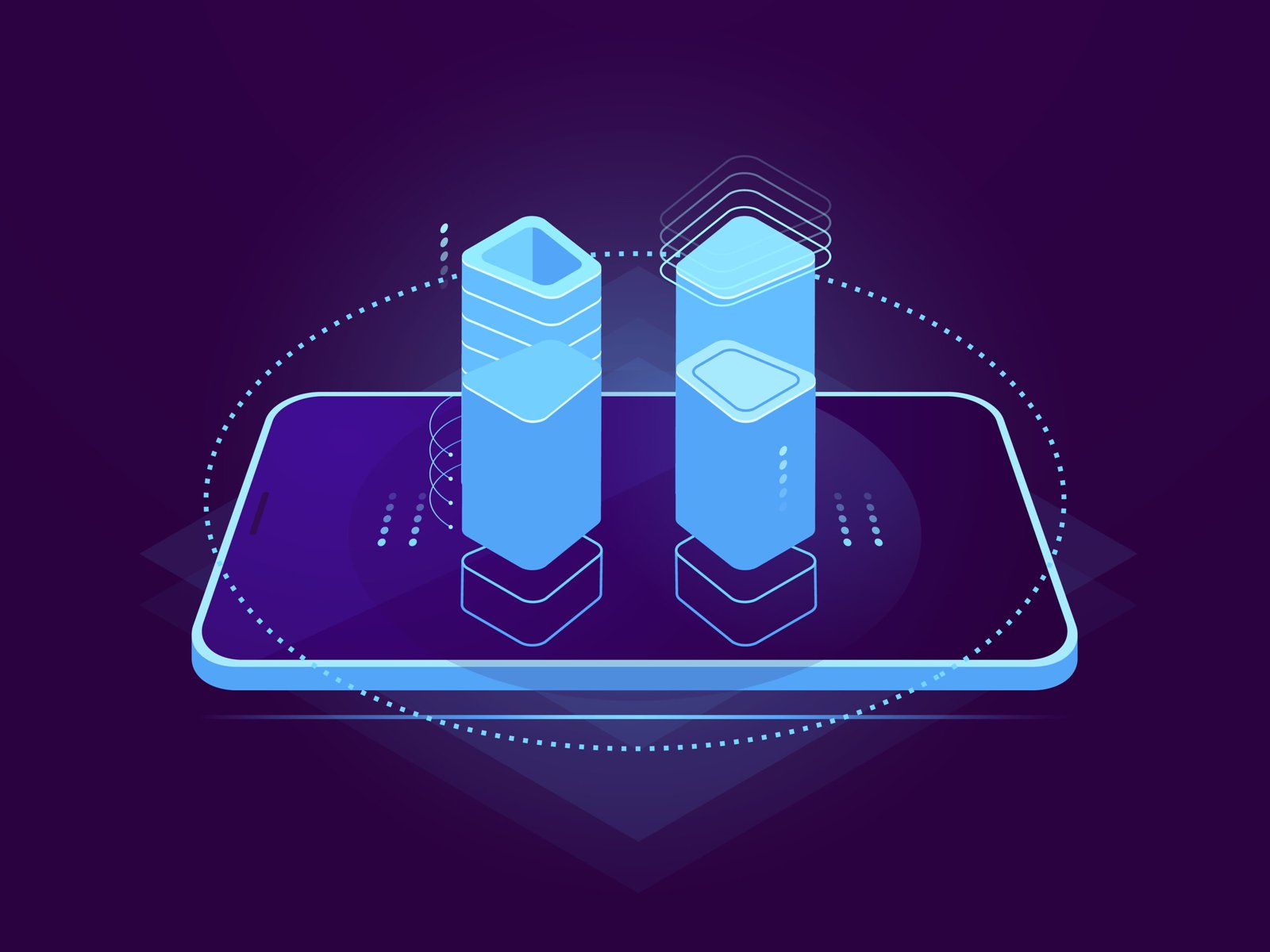
2. Process Twins
Process twins are focused on emulating and enhancing production processes. They provide immediate information about these processes, reveal problems, and recommend solutions.
Key Features:
- Supervision of different production lines.
- Forecasting of bottlenecks and downtime.
Example: A digital twin for the manufacturing industry in a European factory guarantees that packaging process lines run optimally while adhering to food safety measures.
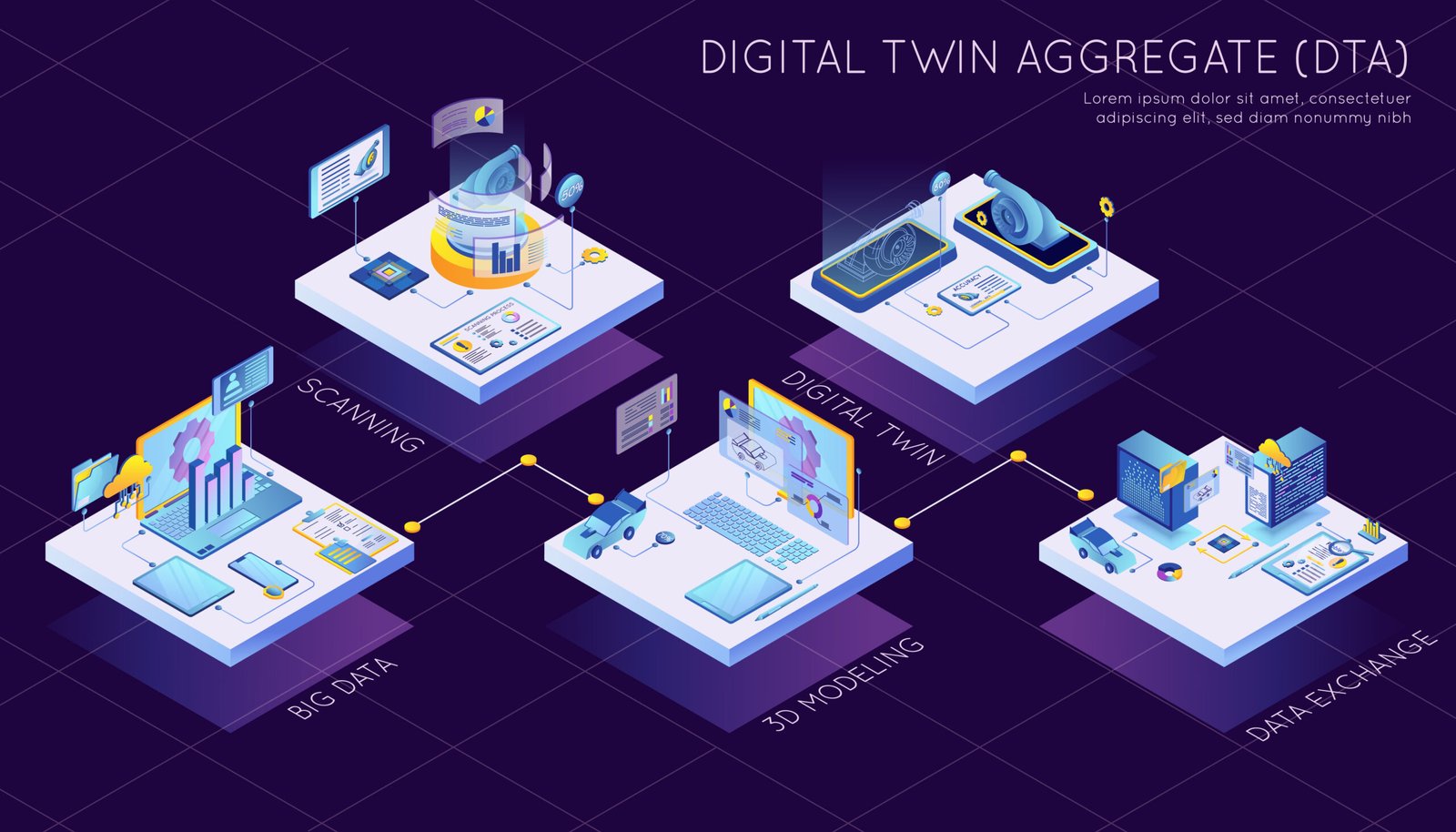
3. System Twins
System twins control and oversee entire systems, coordinating processes and resources to enhance system performance. They are essential in industries where multiple processes are interrelated and integrated.
Key Features:
- The interconnectedness of systems perspective.
- Efficiency of energy use and activities.
- Information on the performance of the system in real-time.
Example: A real estate digital twin solution replicates the energy usage of a smart building to achieve sustainable design and energy efficiency.

Industry Applications
Machine Manufacturing Industry
Digital twins are used in the manufacturing industry for twin operations and minimising downtime.
- Predictive Maintenance: Digital twins track the performance of the equipment and can identify when it is likely to fail, thus minimising the time the equipment is not in use.
- Operational Efficiency: System twins effectively manage the resources and processes involved in manufacturing processes.
Example: A German manufacturer applies digital twins for smart factories to control assembly lines, save energy, and increase production accuracy.
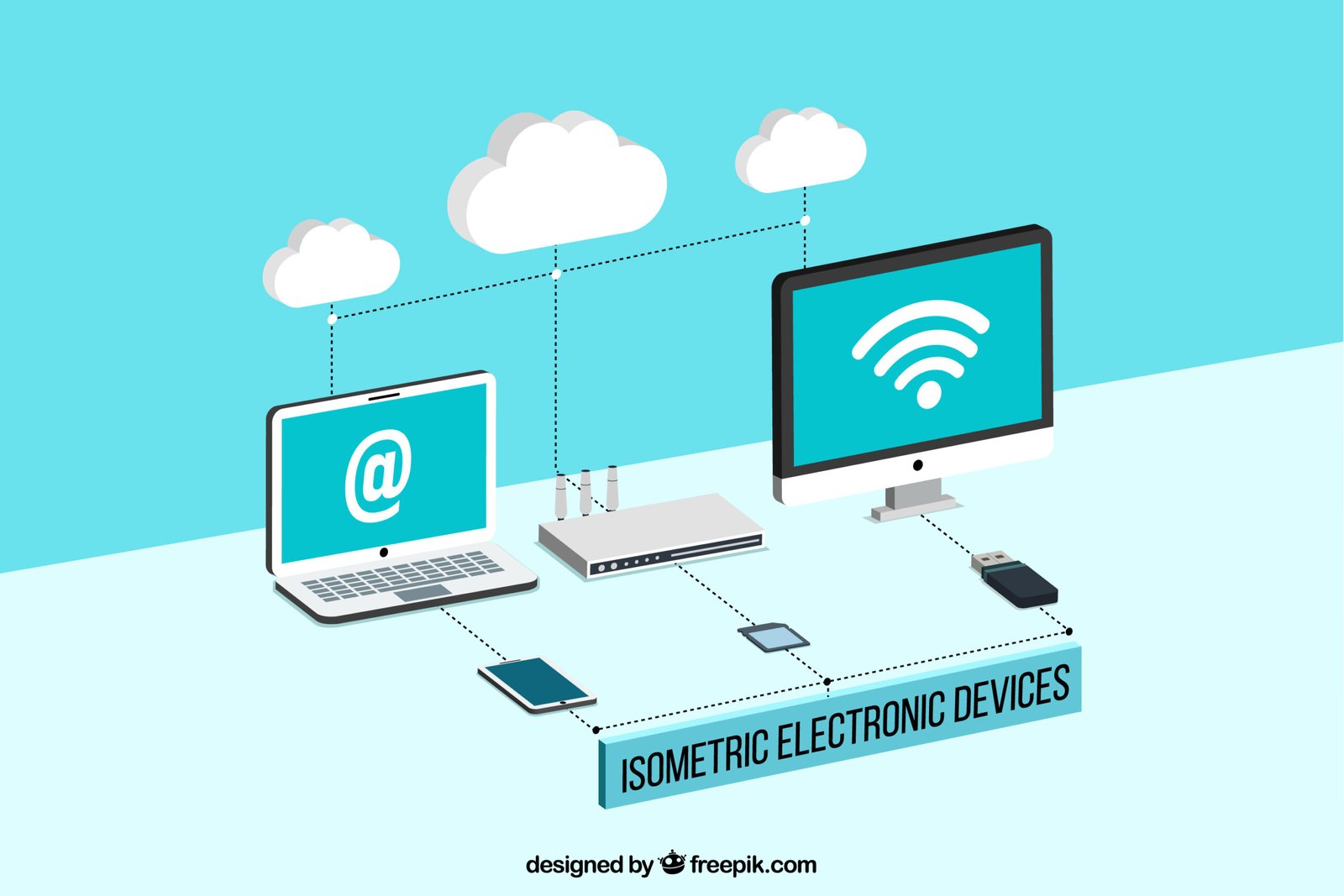
2. Food Industry
The food industry uses digital twin solutions to optimise food production and maximise compliance with food safety legislation.
Digital twins are used in the manufacturing industry for twin operations and minimising downtime.
- Production Line Efficiency: Process twins help to detect the inefficiencies in packaging and sorting lines and increase their productivity.
- Food Safety Compliance: Digital twins can replicate contamination situations and help identify measures companies need to ensure food safety and compliance.
Example: A French food production company uses Virtual twin technology to monitor the freshness and quality of raw materials in real-time.
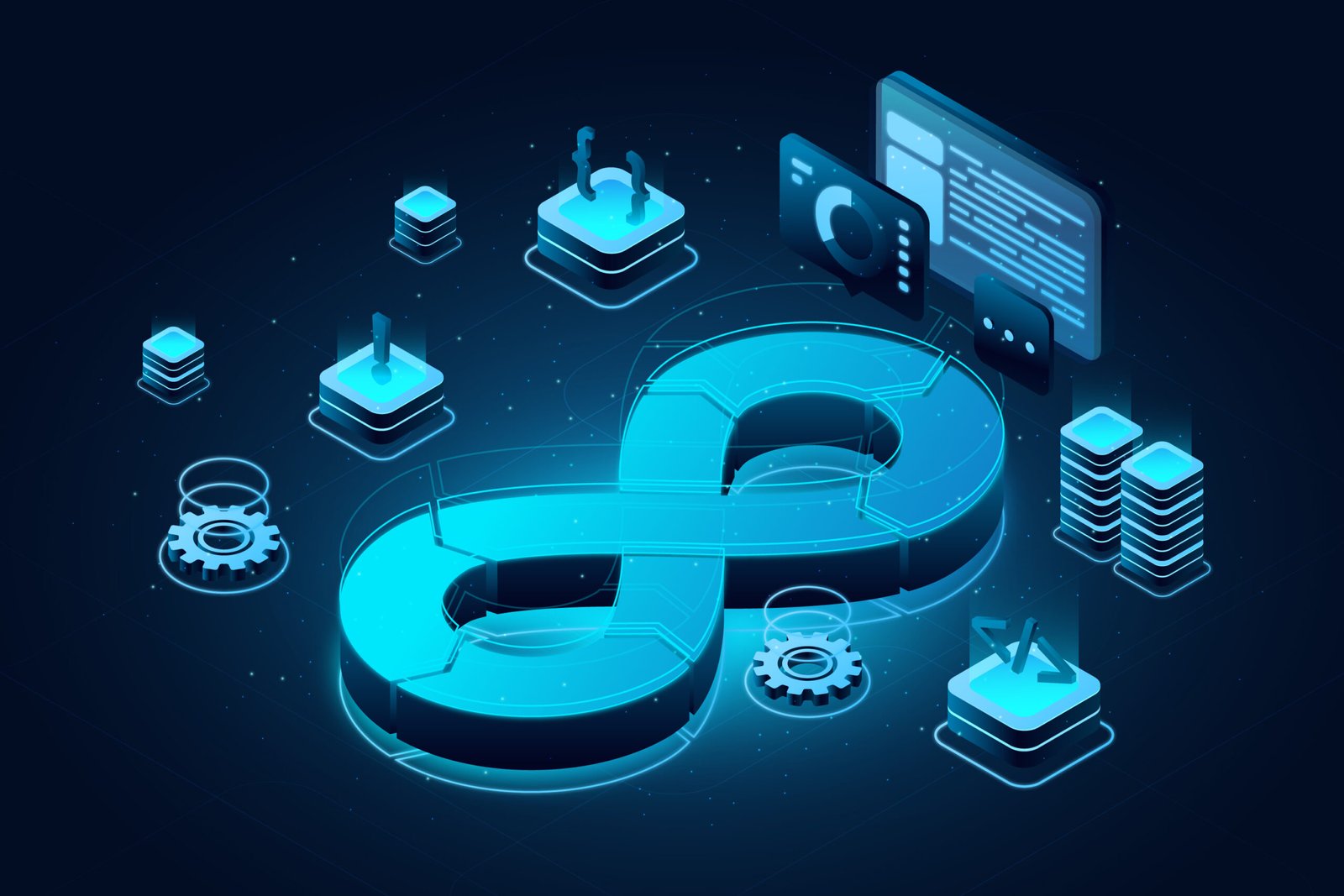
3. Real Estate
Implementing digital twin technology in sustainable building design processes and energy management systems will substantially benefit the European real estate market.
- Sustainable Design: Using digital twins, architects receive support in creating energy-efficient buildings since these digital models show actual building performance.
- Energy Optimisation: System twins assist smart buildings in tracking energy consumption, which leads to environmental and financial savings.
Example: A French food production company uses Virtual twin technology to monitor the freshness and quality of raw materials in real-time.
Benefits of Digital Twins
- Real-time information to support decision-making: Digital twins provide real-time information on operations, helping with decision-making and quick problem responses.
- Less downtime and more efficiency: Digital twins reduce time loss and increase efficiency by anticipating equipment failures and enhancing process efficiency.
- Cost Savings: Eliminating physical prototypes and manual interventions is time and cost-effective.
Problems and Implementation Issues
- Initial Cost: The initial expenses for SMEs to deploy digital twins tend to be substantial, yet future costs remain minimal, resulting in affordable total expenses.
- Security Issue: Organisations face major cybersecurity risks because they must handle large amounts of operational data that contain sensitive information about their operations.
- Skill Requirement: Implementing digital twins requires specialised skills that multiple industries find difficult to recruit and train quickly.
Conclusion
Digital twins are becoming the key to improving the efficiency of industrial processes in various industries, including manufacturing, food production, and real estate. The benefits of digital twin solutions are numerous. As sources of real-time information, process improvement and cost savings, they are a fundamental element of the Industrial Internet of Things (IIoT).
Though recognised imperatives, such as high costs and apprehended data security issues, might be oppressive while executed, the advantages significantly outweigh the barriers. With digital twin technology gaining more traction in the EU, companies need to integrate this technology to stay relevant in the modern world that embraces data.
Are you considering your business with digital twin adoption in the EU? We at P-XR can help you discover how digital twins can revolutionise your industry and what you need to know to get started.
Keywords:
- Primary: industrial digital twin applications, digital twin for manufacturing industry, digital twin trends in Europe, real estate digital twin solutions, digital twin in food production
- Secondary: Virtual twin technology in industry, Benefits of digital twin solutions, Digital twin for smart factories, Digital twin adoption in the EU
Example: A French food production company uses Virtual twin technology to monitor the freshness and quality of raw materials in real-time.